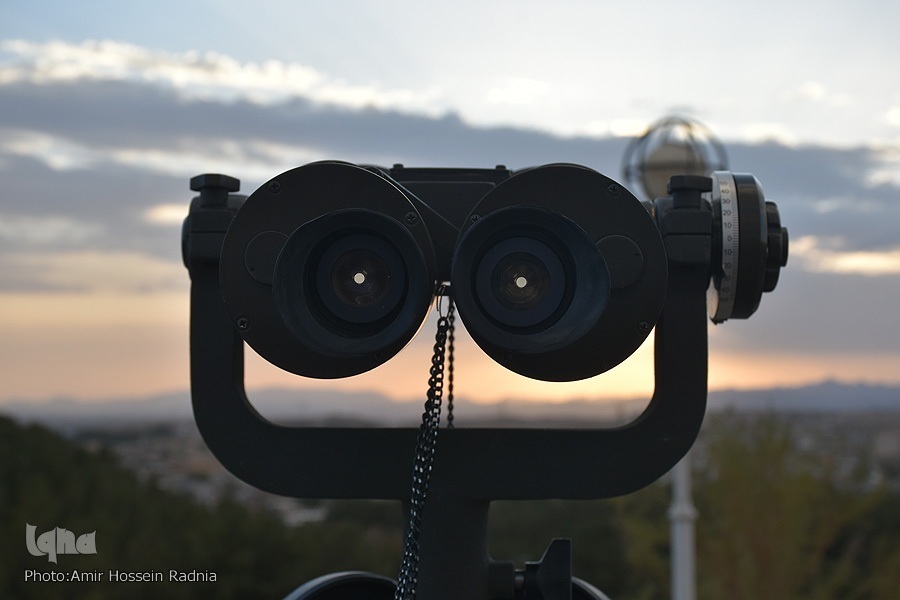Saudi Arabia Urges Moon Sighting for Ramadan 2025

This date corresponds to Sha’ban 29, 1446 in the Islamic calendar, with lunar months typically lasting either 29 or 30 days.
In an official statement, the Supreme Court urged individuals who spot the crescent moon—whether with the naked eye or using binoculars—to report their sightings to the nearest court or local authorities for verification, Saudi media outlets reported on Wednesday.
The court encouraged those capable of moon sighting to actively participate in organized regional committees, emphasizing that this practice is regarded as a religious act of virtue that benefits the wider Muslim community.
If the crescent is observed on Friday evening, Ramadan will begin on March 1. If not, the holy month will commence on March 2.
Read More:
The start date of Ramadan often varies across Muslim countries due to differences in moon-sighting methods. Some nations, like Saudi Arabia, rely on direct visual sightings, while others, such as Turkey and Malaysia, use astronomical calculations. This can result in some countries beginning Ramadan a day earlier or later than others.
Religious authorities in each country make official announcements based on their chosen method, leading to occasional variations in the start and end of the holy month.
Source: Agencies



